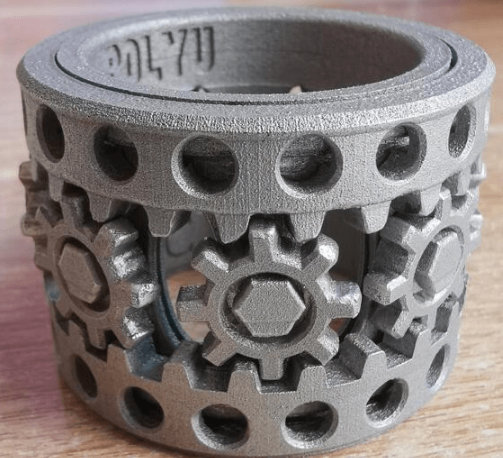
3D printing technology can use multiple types of materials, which vary according to the needs of the application and the capabilities of the machine. Here are some common 3D printing materials:
Elastic materials: such as TPU (Thermoplastic Polyurethane), used for making soft objects, such as seals, shoe soles, and springs.
Metal materials:
Ceramic materials:
Composite materials: These materials are typically combinations of two or more materials to achieve specific performance characteristics. For example, carbon fiber-reinforced composite materials are used for lightweight structures and high-strength requirement applications.
Biological materials: In the field of biomedicine, bioprinting technology can be used to print biocompatible materials, such as bio-ceramics, bio-paper pulp, and bio-proteins, for the production of artificial organs and tissues.
Food materials: Food 3D printing uses edible materials, such as chocolate, syrup, and dough, for the production of various culinary creations and desserts.
Electronic materials: Some 3D printing techniques can use conductive materials, such as conductive plastics or silver paste, for the manufacture of electronic components and circuits.





 Customer service 1
Customer service 1  Customer service 2
Customer service 2